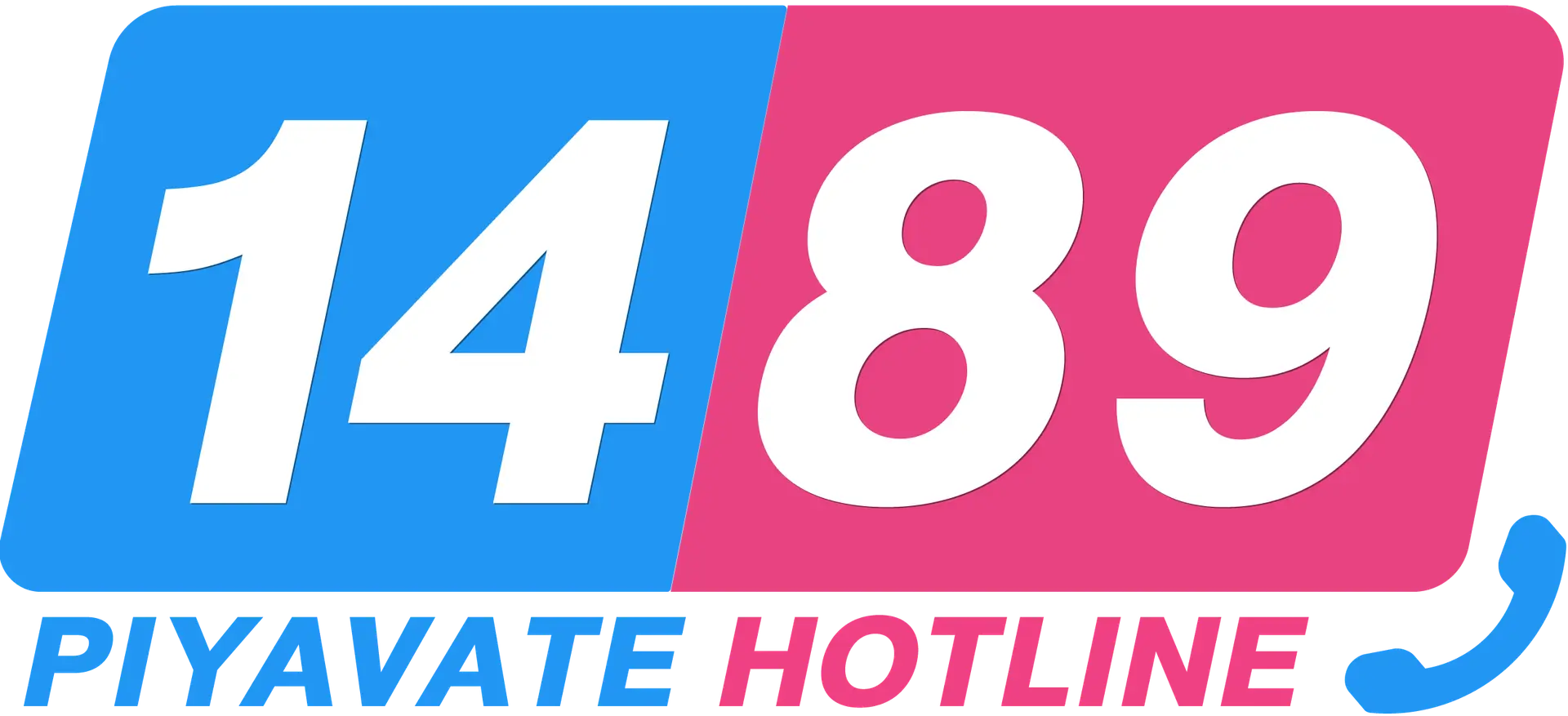- Cancer and Radiation Therapy Center
ABOUT THE CENTER
This center is part of the commitment to develop the hospital into a Medical Excellence Center.
It provides comprehensive cancer care services, including diagnosis, treatment planning, and radiation therapy with world-class technology.
It provides comprehensive cancer care services, including diagnosis, treatment planning, and radiation therapy with world-class technology.
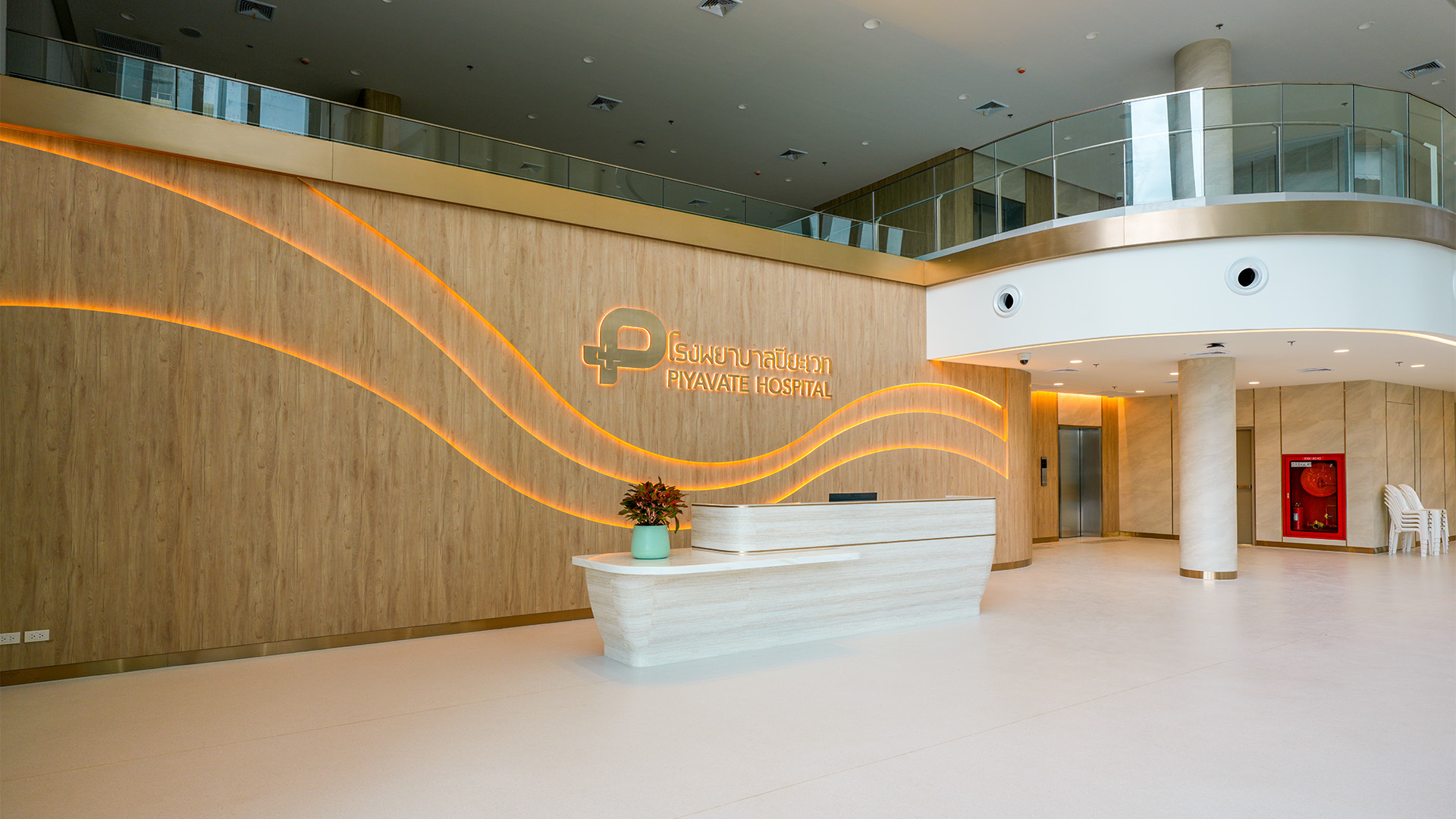
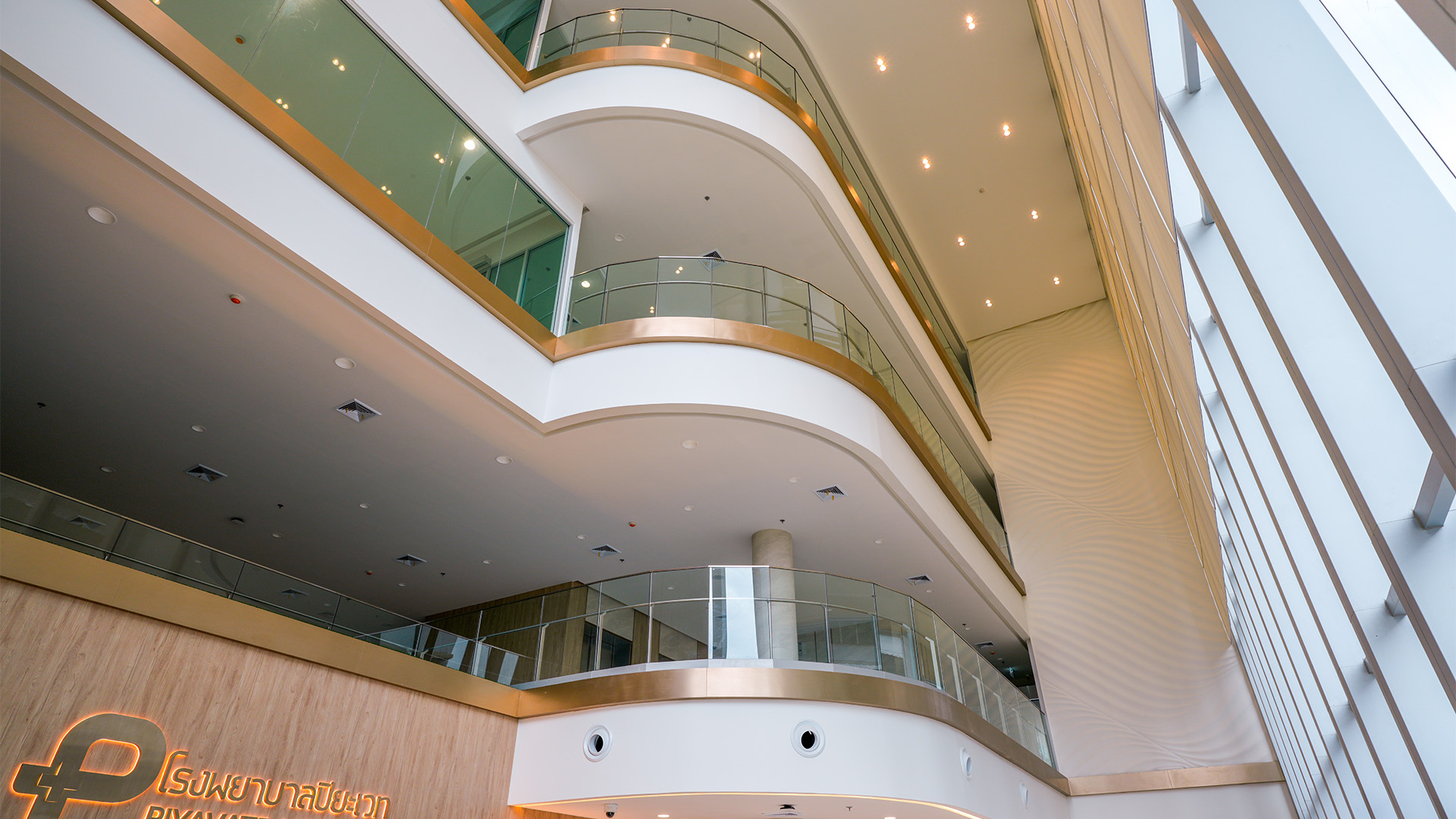

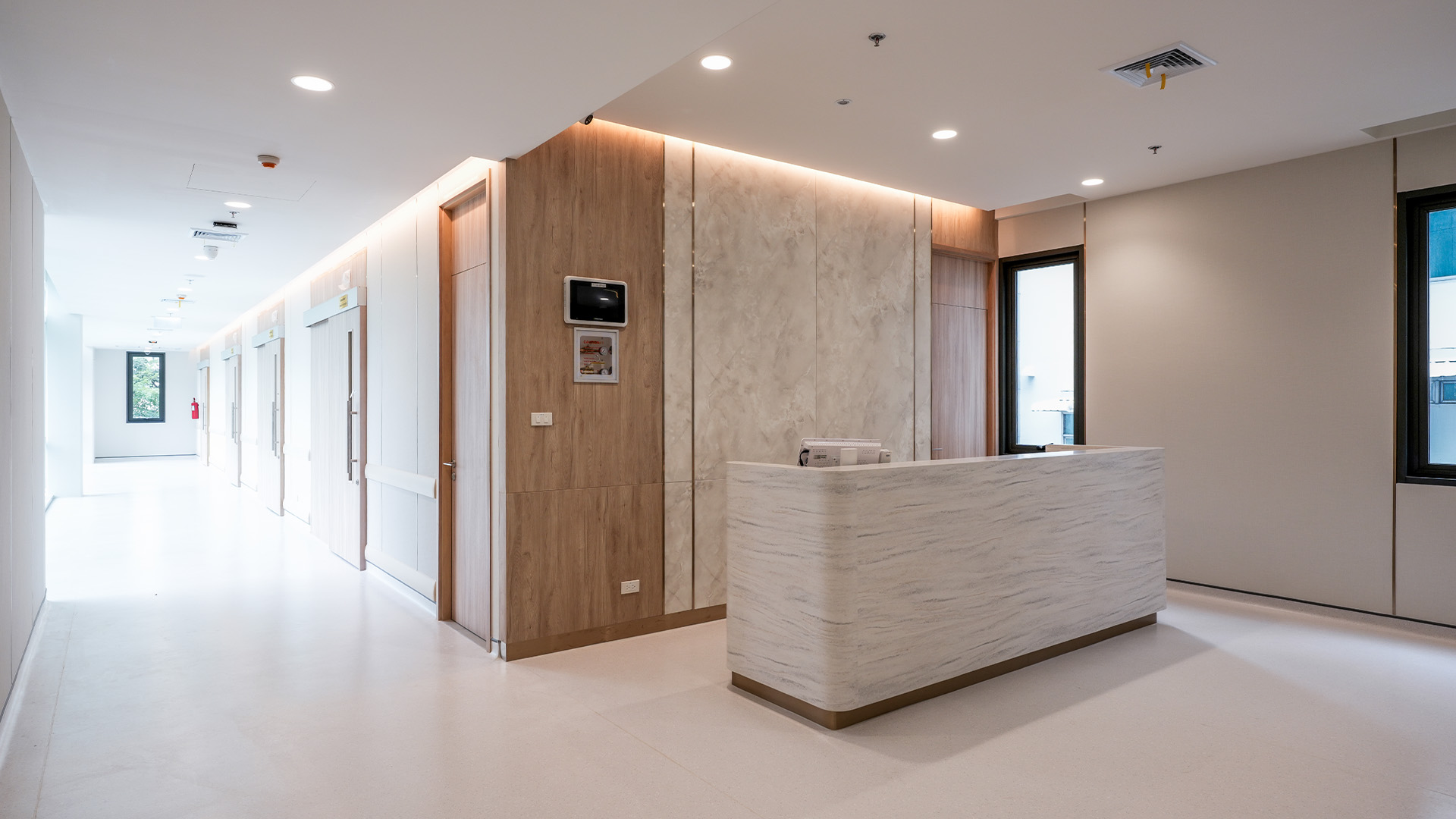

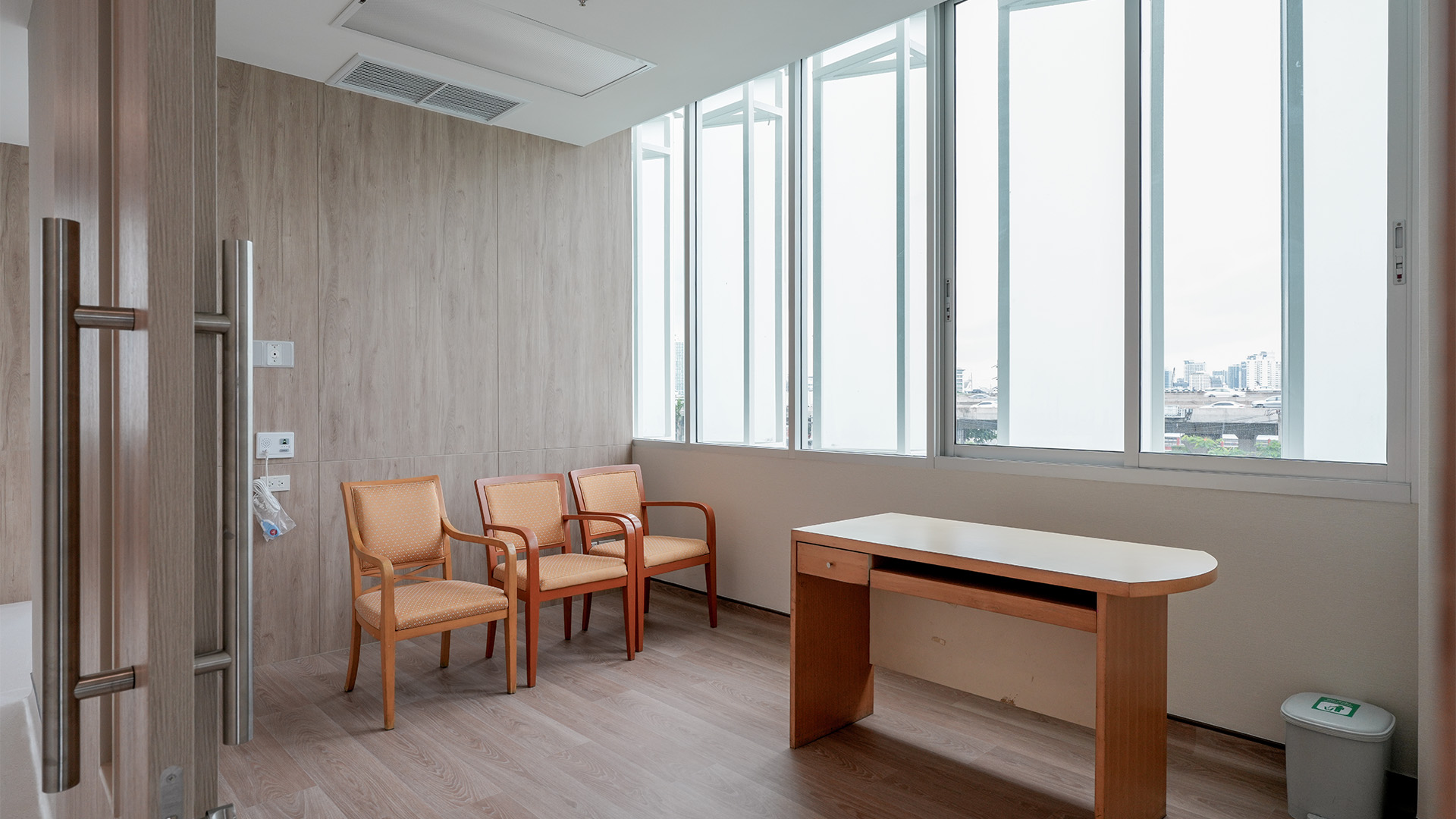
Moving forwards to become a true
“Center of Excellence in Cancer”
Specialized Cancer Treatment
Tertiary Level
Holistic Care Services
Covering physical, mental and quality of life
Supporting Referrals of Patients
from both the Bangpakok-Piyavate Hospital network and external hospitals
Covering Treatment Rights
from both the public and private sectors, including international patients
- Cancer and Radiation Therapy Center
SERVICES AVAILABLE
TrueBeam™ Radiotherapy System
Advanced cancer radiation therapy system from Varian Medical Systems
This center is part of our commitment to developing the hospital into a Medical Excellence Center. We provide comprehensive cancer care, including diagnosis, treatment planning, and radiation therapy using world-class technology.
This center is part of our commitment to developing the hospital into a Medical Excellence Center. We provide comprehensive cancer care, including diagnosis, treatment planning, and radiation therapy using world-class technology.

Highlights of TrueBeam™
The TrueBeam radiotherapy system is an advanced medical device used to treat cancer with high-precision radiation. It delivers targeted beams of radiation to tumors while minimizing exposure to surrounding healthy tissue. TrueBeam uses real-time imaging and motion tracking to adapt to patient movement, allowing for accurate and efficient treatments.
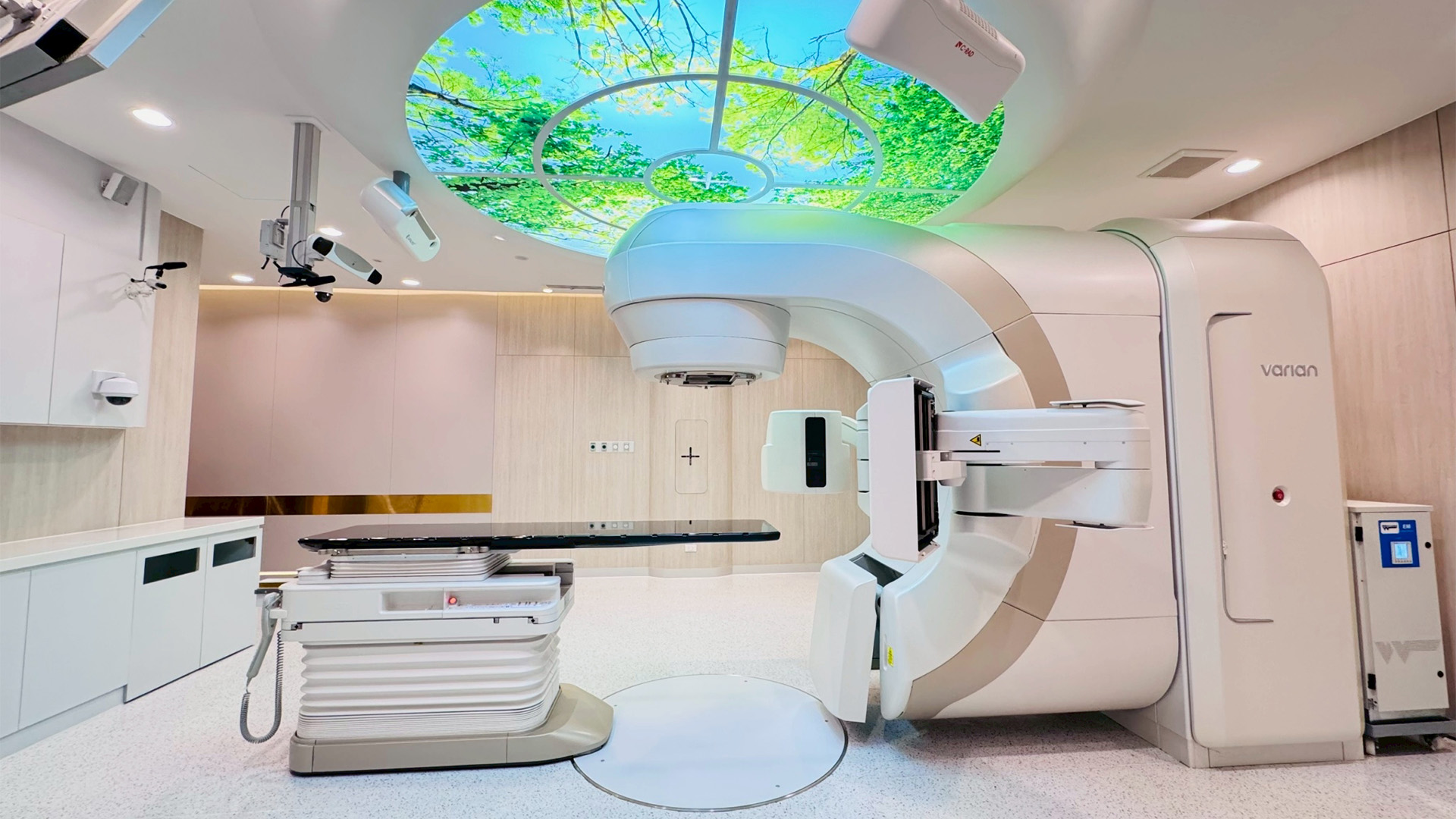
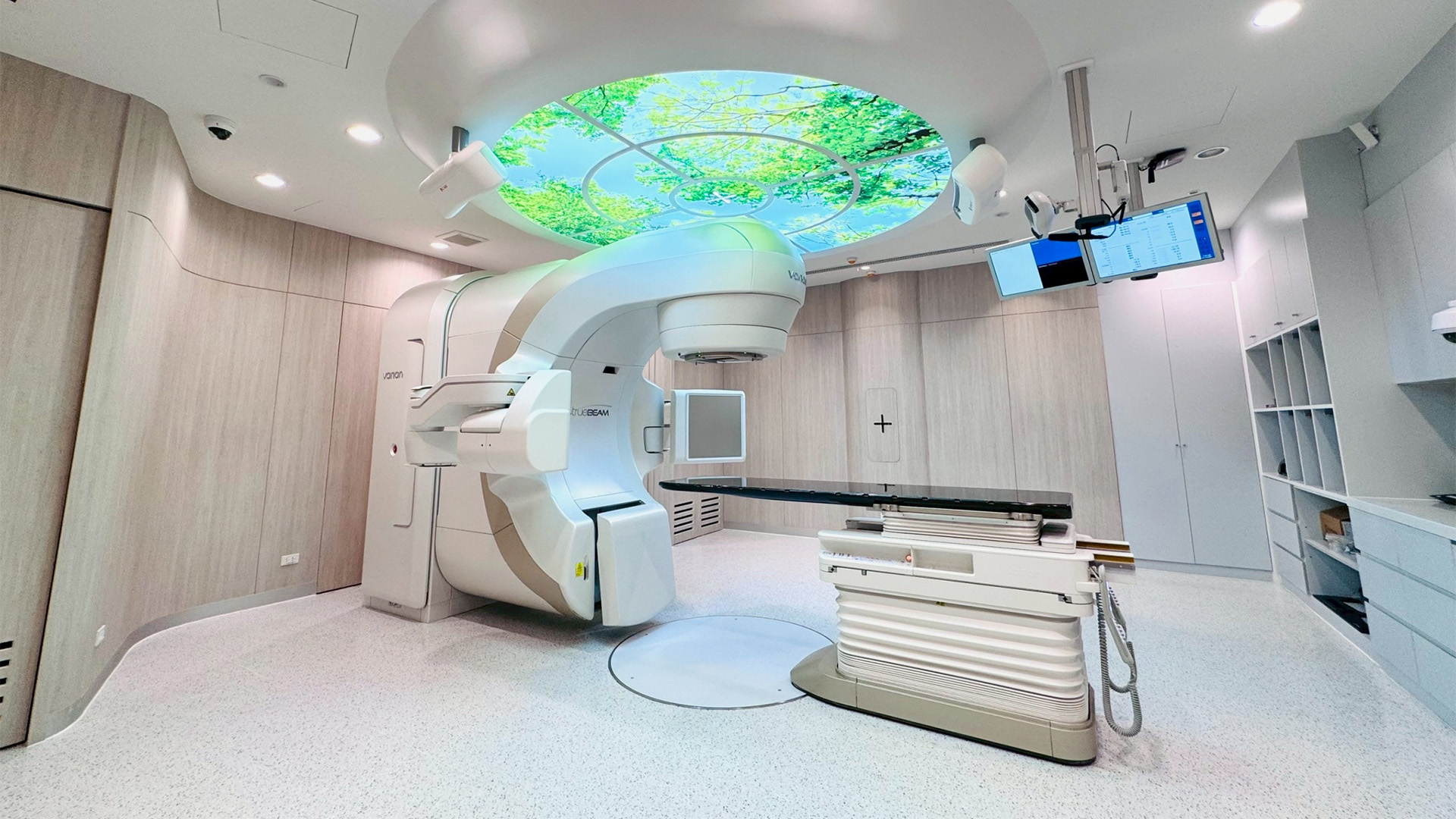
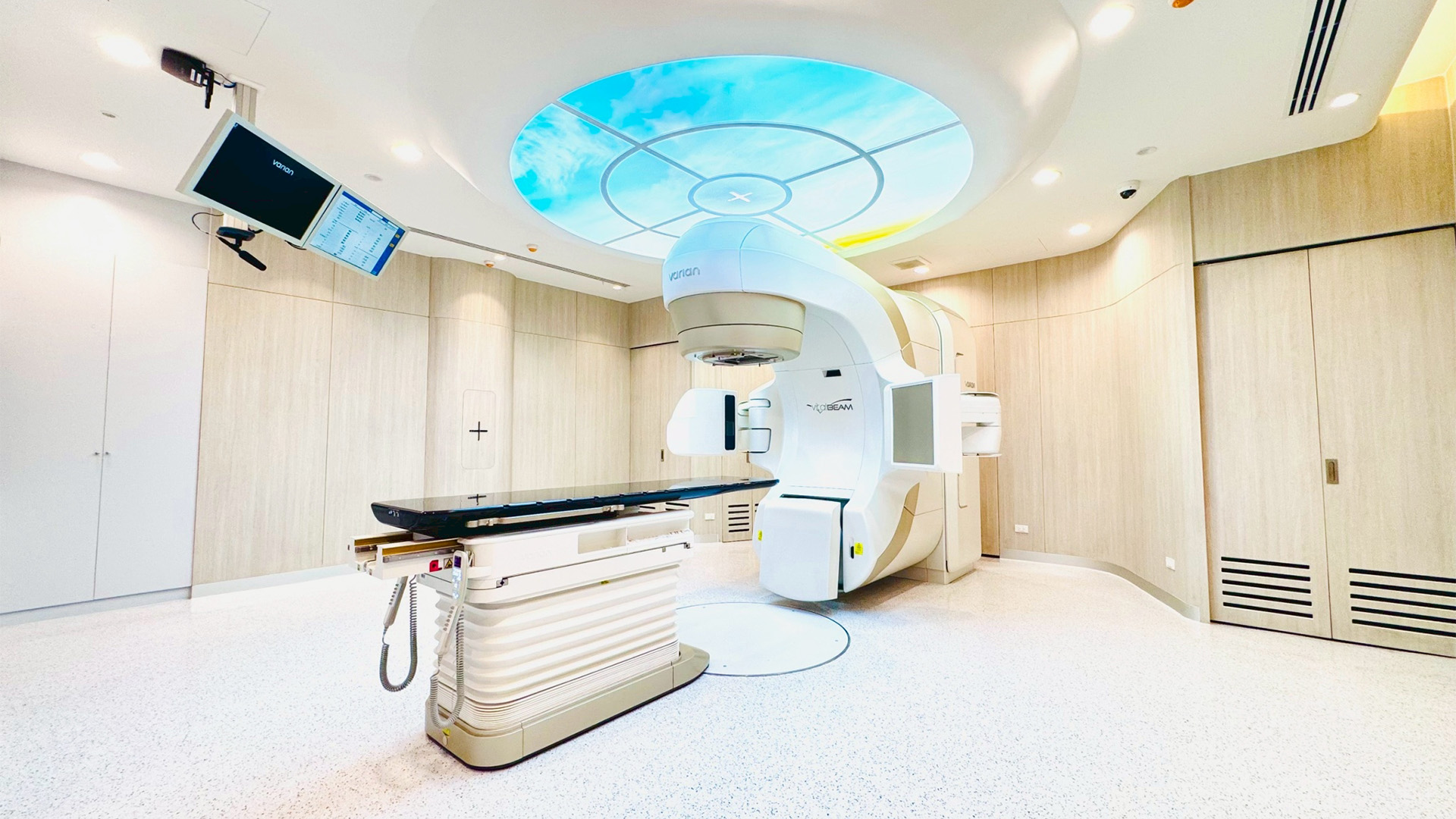
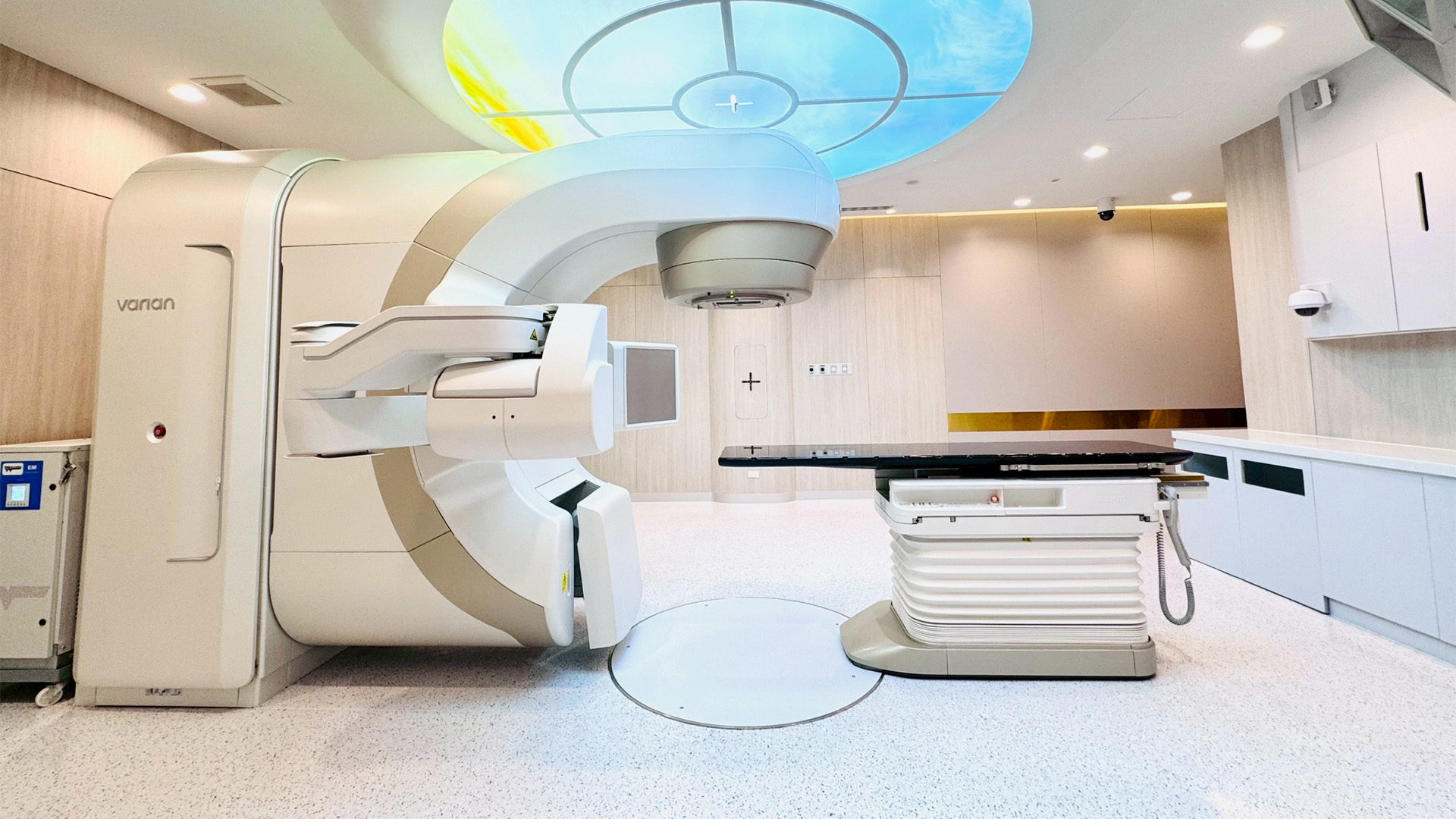
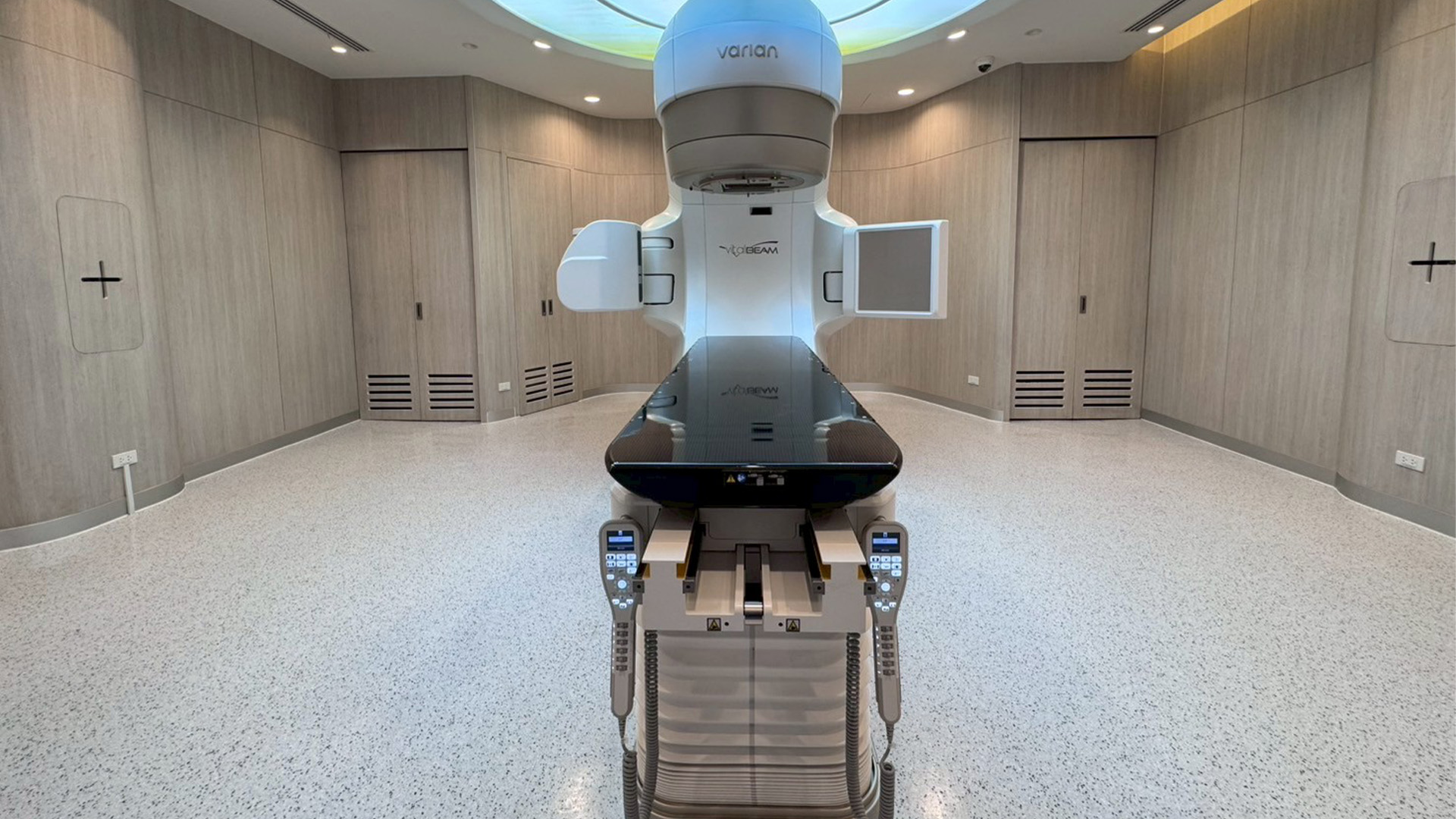
High-Precision Radiation with MLC 120
Delivers highly accurate beams using 120 leaves, tailored to tumor shape with sub-millimeter precision to minimize radiation to healthy tissue.
Real-Time Safety System
Automatically stops when abnormalities are detected and continuously monitors patient positioning with millisecond precision, reducing side effects.
Fast and Efficient Treatment
– Each session takes less than 2 minutes
– Total session time reduced to just 5–10 minutes
– Some treatment courses may be completed in just 1 week
– Total session time reduced to just 5–10 minutes
– Some treatment courses may be completed in just 1 week
Advanced Imaging (2D/3D/4D)
Utilizes cutting-edge imaging for precise tumor targeting during treatment, including dynamic and real-time visuals.
Patient-Centered Experience
Open treatment room with integrated communication and imaging systems, ensuring comfort and clarity throughout the process.
Trusted by Leading Institutions
Used by top global centers such as Stanford and Memorial Sloan Kettering, and Thailand’s Siriraj and Chulalongkorn Hospitals.
Additional Services at the Center
VitalBeam
High-quality radiation therapy machine
Brachytherapy Machine
For targeted internal cancer treatment
CT Simulator
Treatment planning with precise 3D imaging

Tumor Board

At Piyavate Hospital’s Cancer and Radiation Therapy Center, doctors use Navify® Tumor Board software to bring all patient information—scans, test results, and reports—into one place. This helps specialists work together, review each case more easily, and plan the best treatment for each patient.

